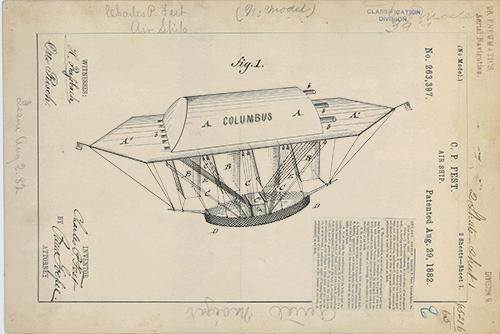Hi! 👋 Welcome to The Big Y!
What happens when an AI plays a role in developing a new invention? In the US (as well as other countries), a judge has ruled that only humans can be listed as inventors on a patent under US law. That sounds reasonable, but it creates a problem as AIs are more and more involved in research and innovation processes.
The main challenge is that AI is not human, but there are also a couple other problems that need to be addressed.
An invention needs to have an “inventive step and non-obviousness”, basically meaning that the invention should be non-obvious to an expert within the same field and above the state-of-art. If an AI has access to all information and knowledge within a field, then nothing is non-obvious to it, meaning that anything that is trying to be patented is no longer non-obvious.
The problem is that regulation and laws are not keeping pace with technology and innovation, which creates a regulation gap where something like AI inventors fall through. If companies cannot patent AI innovations, they might not invest in development that uses AI, meaning we might miss out on innovative new technologies. And without international agreement, there could be long term disputes with royalties, free-rider issues and more.
The NYTimes did a deep dive into a company, PimEyes, that is a reverse facial image search engine. A user is only supposed to search for their own images or for someone who has given permission, but PimEyes doesn’t seem to have any enforcement mechanisms to ensure that users are following their rules. The reverse search results are pretty creepy.
Thanks for reading! Share this with a friend if you think they'd like it too. Have a great week! 😁
🎙 The Big Y Podcast: Listen on Spotify, Apple Podcasts, Stitcher, Substack




